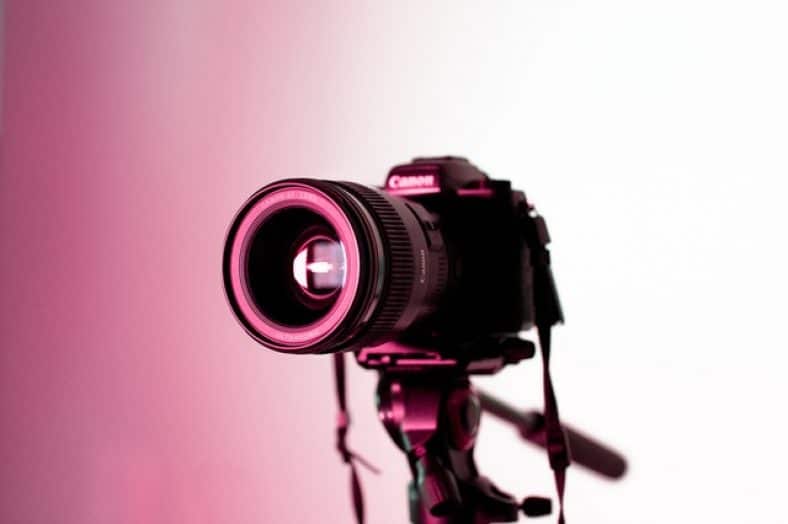Photographic advertising is constantly updating us with messages about the world’s best and quickest super-fast zoom, as well as why you should have one. The issue is that faster glass requires bigger glass, and having more of something will cost more.
This article focuses on why you would want to choose a fast lens and the benefits and challenges that come along with it.
The term “fast lens” refers to a lens with a large maximum aperture (the lens will be faster if the aperture is quite larger). The aperture is commonly displayed as an f trailed by a figure. However, keep in mind that a large maximum aperture, such as f/1.8, is a small number. When the maximum aperture of a fast prime lens is less than f/2.8, then it is considered fast.
However, if the lens is 300mm or greater, an aperture of around f/2.8 is considered fast, and the same is true for zoom lenses.
Why go for a fast lens?
Depth of field and low light are two of the most compelling reasons for using a large aperture lens. A fast wide-angle lens has the apparent advantage of allowing you to photograph hand-held in low-light situations without needing to increase the ISO. As a result, your image will have less obtrusive noise.
The other purpose is to achieve a shutter speed and the bokeh that goes with it. A shallow depth of field is obtained when the surroundings ahead and on the backside of the main subject are isolated. Moreover, when the subject is out of focus,
The shorter the depth of field, the bigger the aperture. The lens’ focal length also influences this. For the same aperture, telephoto lenses have a shallower depth of focus than wide angles.
The fact is that you do not need to use a tripod all of the time—another advantage of fast lenses. The reason behind this is that faster shutter speeds enable more conditions when hand-held shooting is possible. This is especially handy in settings where tripods are restricted, such as churches, or in crowded areas where light is a concern, like museums.
The fast lens enables the photographer to capture and use the soft, bright glow at the margins of the day and the frequently emotional quality of interior and street lighting, in addition to lowering the chance of camera shake and subject movement.
The physical durability of higher-quality lenses is often higher. They provide better image quality, especially in terms of focus, color, and interpretation. Moreover, it relatively creates illumination across the image, edge to edge.
Fast lenses have the disadvantage of being more expensive than other lenses and being heavier and larger. When using autofocus, pay attention to focus because it may try to focus on a mistaken section of the photograph, leaving the emphasis on a picture that wasn’t anticipated to be focused on. However, it’s worth investing in an excellent lens so that photographs don’t appear blurry when seen on-screen.
